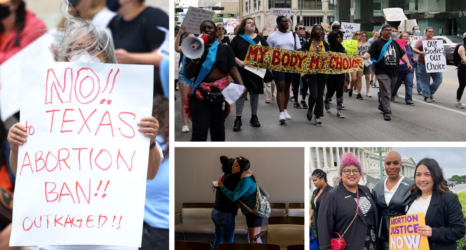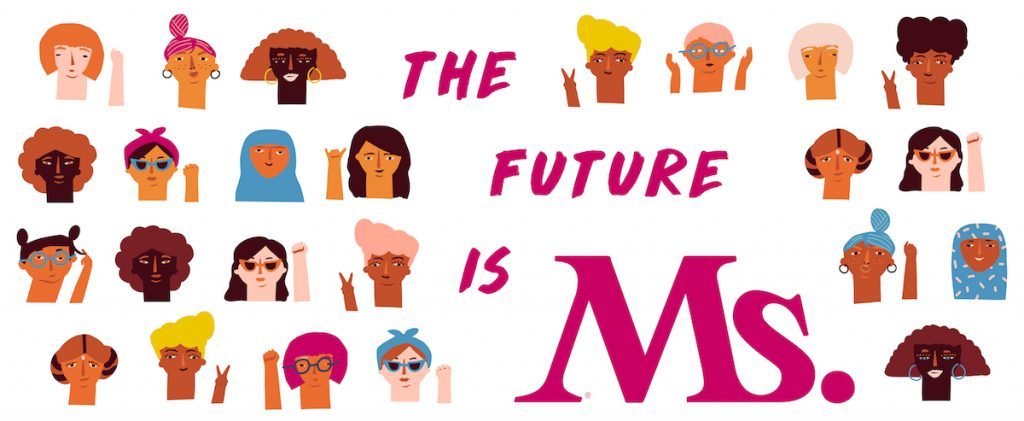
The Future is Ms. is an ongoing series of news reports by young feminists. This series is made possible by a grant from SayItForward.org in support of teen journalists and the series editor, Katina Paron.
It’s no surprise that access to abortion and reproductive rights are top of mind for young feminist activists. What’s unique is how these leaders, and others profiled in this year’s The Future is Ms. series, leverage the tools available to them to make change.
Check out our roundup of articles written by teen girl journalists.
Teen Activists Take on Abortion Bans
From selling NFT collections of cartoon uterus to lapel pins, young activists are raising funds for reproductive rights.
In the fall 2022 issue of the magazine, Sunaya Dasgupta Mueller reported on a partnership between reality show star Miriam Haart (My Unorthodox Life) and Ava Ford to sell Haart-designed cartoon reproductive organs—”cute”-eri—with sales going to Foor’s resource website, ProRoe. The site shares updated state-by-state abortion laws and connects women in need of reproductive advice with local ProRoe advocates.

In March, Aaryana Sharma covered an activist in Texas who sells branded tote bags, buttons and T-shirts, with all revenue going to the state’s Planned Parenthood.
“I’ve always felt strongly about abortion rights and women’s reproductive rights but I’ve never felt like as outraged as I am right now,” Change 4 Choice founder Annabel Yu, a high school junior in South Lake, Texas, told Sharma.
A few states north and east, Alyson Nordstrom took on the charge of advocating for abortion rights in the red state of Tennesee. Together with a coalition of teens, known as Teens for Reproductive Rights, Nordstrom organizes fundraisers for abortion care, post infographics about current abortion restrictions in Tennessee and encourage teenagers to vote for pro-abortion candidates.
The biggest lesson for her and her peers was recognizing how open her neighbors were to getting involved.
“It’s helped to see the bright side of things and see that Tennessee is not doomed,” said Lily Swain, founding member of the group.
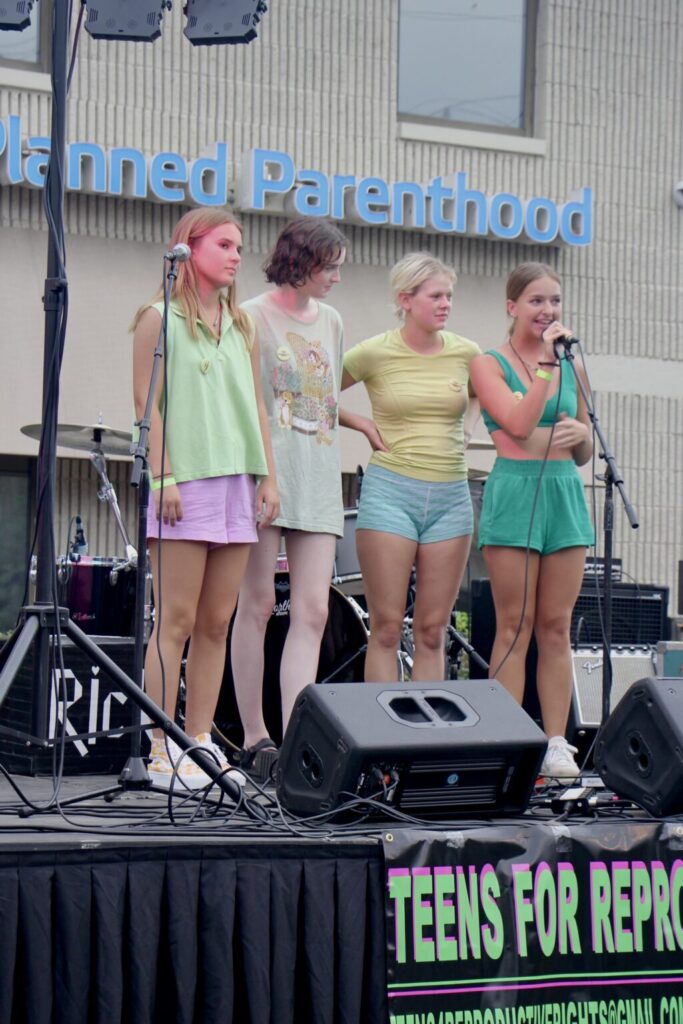
Teen girls are also at the forefront of the menstrual equity movement. Reporter Avril Silva found a growing momentum for period activism, especially among young people. Through product drives, legislative advocacy and reproductive justice trainings in Black and marginalized communities, young people are demanding equal access.
“It’s pretty extraordinary,” said Jennifer Weiss-Wolf, founder of the nonprofit group Period Equity and author of Periods Gone Public: Taking a Stand for Menstrual Equity. “It’s a policy path that has kind of been blazed really quickly.”
Student Activists Unite With Student Survivors
High school experiences on either side of the U.S. led two high school students became advocates for sexual assault victims.
In New Hampshire, Morgan Aspinwall created a public Google map indicating locations of reported cases of sexual assault and activism internationally. The tool, created in support with advocacy organization I Have The Right To, collects data from online news reports on sexual assaults or sexual assault-related activism.
“I wondered what can I do to harness the fact that people are willing to talk, they’re willing to do something, and they’re willing to be brave and share their story,” Aspinwall told reporter Iliana Garner. “How can we take that energy and propel it forward?”
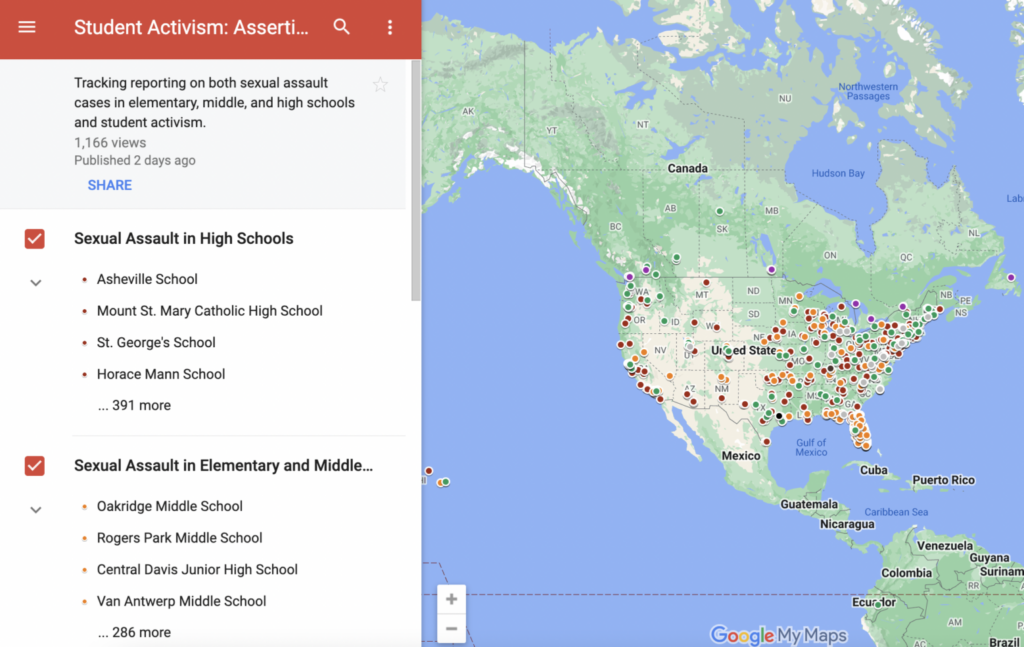
Across the country in Washington State, Sophia Arnold saw a friend’s assault case get mishandled by school administrators and she knew the only way to help was to lobby for legislation that changed to approach to handling sexual assault in the justice and education system.
“Title IX is supposed to be about supporting the survivor, not just resolving the issue as quickly as possible,” Arnold told.Jessica Park for the summer 2022 issue. Arnold’s work reverberates throughout the country and other groups are pushing for consent laws and training on responding to gender-based violence for peace officers.
Ilana Drake took a more personal look at how Title IX influenced three generations of her family. The piece profiles her grandmother, aunt and cousin—all three activists in their own right. One helped forward feminist movement by ensuring equal access to education and scholastic athletic programs. Another became an executive in male dominated Silicon Valley industries and advocated for women as a lawyer. The third is a Title IX-sponsored college soccer career.
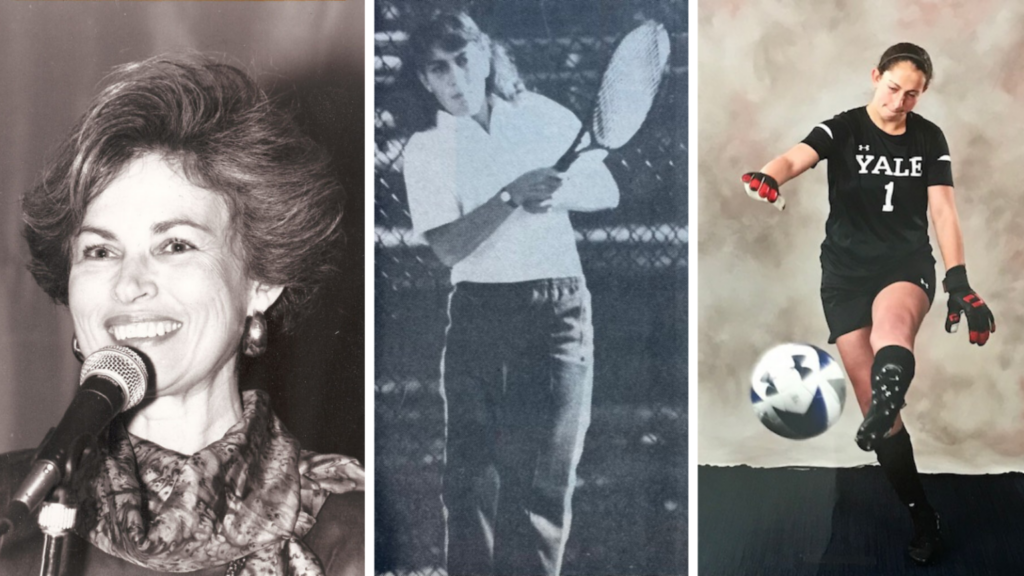
Access to opportunities and equality under the law are the goals of Generation Ratify. The group, led by Rosie Couture and Belan Yeshigeta, and several other young women-led groups are lobbying Congress to remove a timeline-aspect from the amendment, originally passed in 1972, and recognize the ERA as the official 28th Amendment.
“As a young person,” said Julia Squitteri, the teen founder of The Ruth Project, “advocating for the ERA means advocating for a fight that began with many of our grandmothers.”
Teens Step up to Solve Community Problems
With teen’s mental health being a crisis in this country post-pandemic, Alyssa Simone felt the need to to step up to the plate and help her peers. She created Mentalligence, a peer-to-peer immersive program making mental health education accessible to teens weekly via Zoom. Nearly 85 percent of their participants identify as female or teens of color, most of whom receive no professional support.
“Mentalligence works so well because we the leaders have endured similar issues and can relate to our participants,” said Nana Opare-Addo, now a junior at Brooklyn Latin and group leader.
Some teens are trying to help their peers by joining the decision-makers. There were five states that had roles for teens as part of their state board of elections, Delilah Brumer reported in April. Teens are helping set vaccinations policies and mental health guidelines.
“To be treated like an adult, even though I can’t even vote for [U.S.] president, was really eye-opening,” said Rana Banankhah of California.
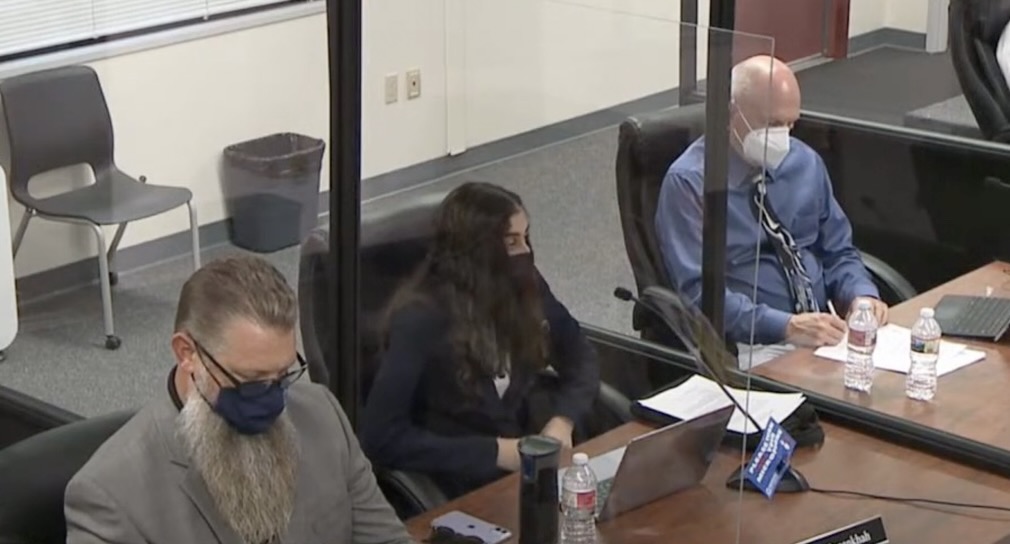
Adults are also learning the value of listening to teen voices. After hearing Kimberly Vasquez testimony about the lagging internet in primarily Black neighborhoods of Baltimore, city councilman Zeke Cohen tweeted: “The voices of students and parents must be included in the reopening plan. How different would Baltimore look if we listened to our children?”
After Vasquez and her supporters rallied at Comcast headquarters, the city’s largest provider made the most affordable option for internet run at twice the speed.
In California, Trisha Iyer profiled Anouk Yeh, a youth poet laureate who made an impact by leading poetry workshops to incarcerated teens as a way to address the mental issues that plague those involved in the juvenile justice system.
“As young people, we should be fighting for our stories to make it to the surface. There’s an obligation to tell these stories,” said Yeh. “Who else is fighting for us?”
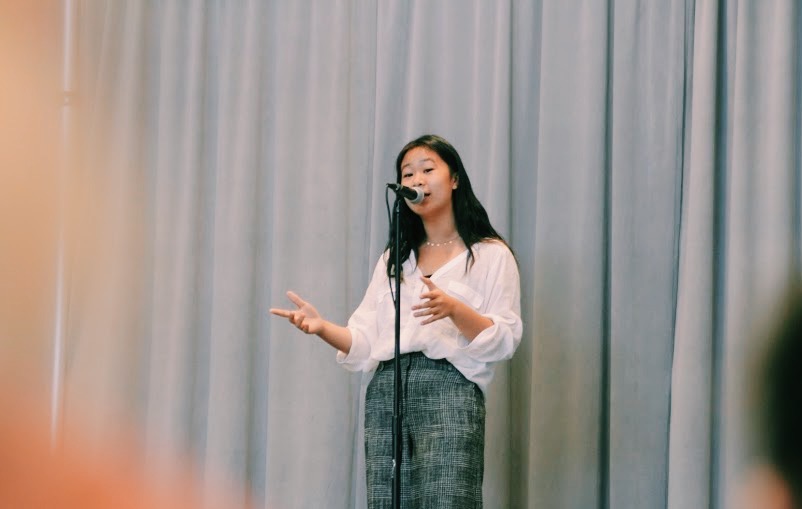
Sisters Layla and Delara Tehranchi learned the importance of fighting for foster children when their family adopted 2-year-old Coco. Their nonprofit, Coco’s Angels, raised more than $125,000, hosted back-to-school drives and launched an information campaign to reduce the lack of cultural connection within foster homes.
“Kids benefit when there are more people working on their behalf,” said Dr. Sarah Font, a post-doctoral researcher on the child welfare system. “Any time you can add more people, bringing time and energy to the table that’s always in their favor.”
The Future is Ms. is committed to amplifying the voices of young women everywhere. Share one of your own stories about your path to empowerment at SayItForward.org.





